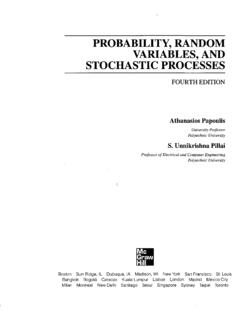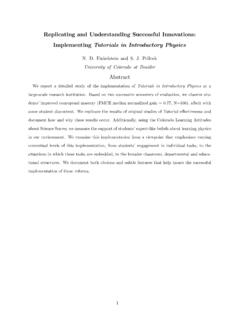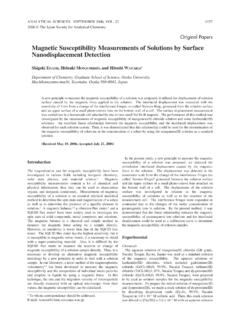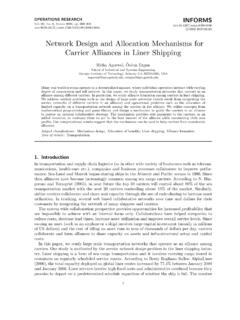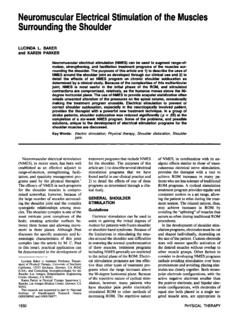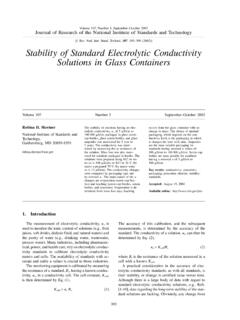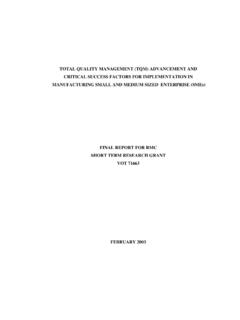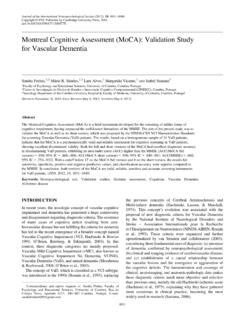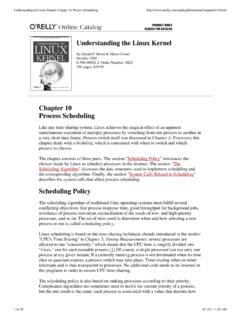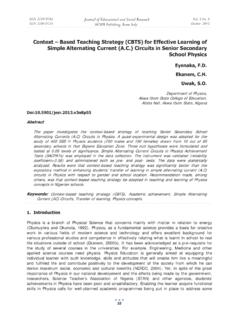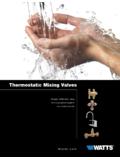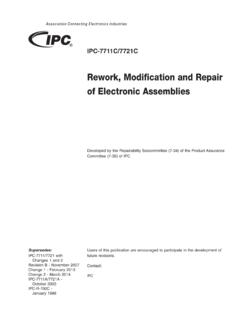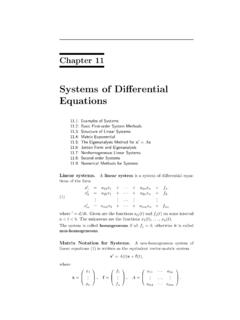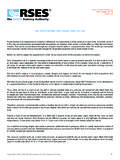Transcription of What is this? Is It Code Switching, Code Mixing or ...
1 ISSN 2239-978X ISSN 2240-0524 Journal of Educational and Social Research MCSER Publishing, Rome-Italy Vol. 5 January 2015 339 What is this? Is It code switching , code Mixing or Language Alternating? Dr. D R Mabule Department of Linguistics and Modern Languages, P O Box 392, University of South Africa, 0003, South Africa Abstract code switching and code Mixing are commonly used throughout the world. Both occur when two languages are used spontaneously in one clause or utterance.
2 code switching is also a complex process, which involves different levels of switching or Mixing in accordance to with proficiency in the languages used. The aim of this paper is to explore the use of code switching and code Mixing in South African languages, with the focus on African languages. The important question in this paper, is why do people code switch or code mix unconsciously? In my observations, there appears to be a general tendency to code switch or code mix irrespective of their education, age and culture.
3 Types of code switching , such as the intersentential, intrasentential and extrasentential, will be discussed and also be substantiated with examples. The distinction between code switching and language alternation and the reasons as well as the causes of code switching will be discussed. Data, that was collected from my observations, as a researcher, will be analysed. Data has been extracted from my social and professional environments through the mediums of discourse and email correspondence with friends, colleagues and students of the University of South Africa.
4 In this paper, the sole focus will be on orthographic code switching and code Mixing . Keywords: codes, code switching , code Mixing , (Poplack, 1980, 2000; Myers-Scotton, 1998; Auer, 1992, 1998; Nguyen, 2008), code - switching , code - Mixing (Myers-Scotton, 1993). 1. Introduction code switching is a powerful tool for communication between people. Firstly, the following paragraphs will define the word code by various researchers and secondly, discussion on code switching as part of daily language use. Various definitions of code The term code implies a variety of concepts and ideas, depending on the field that it is embedded in.
5 The following definitions emphasise the application of the term and its specific meaning in some of the fields in which it is used: In communications, a code is a rule for converting a piece of information ( , a letter, a word or phrase) into another form or representation not necessarily of the same sort. (Oxford Advanced Learner s Dictionary, 2010:273) In the context of cryptography, a code is a method used to transform a message into an obscured form, preventing those not in on the secret from understanding what is actually transmitted (Oxford Advanced Learner s Dictionary, 2010:273).
6 According to Yaschenko (2002:4), cryptography studies those methods of information transformation that prevent an opponent from extracting information contained in the messages he or she intercepted. In semiotics, the concept of a code is very important. De Saussure emphasises that signs only acquire meaning and value when they are interpreted in relation to each other. He believed that interpreting signs requires familiarity with the set of conventions or codes currently used to communicate meaning.
7 Every text is a system of signs organized according to codes and subcodes which reflect certain values, attitudes, beliefs, assumptions and practices. Textual codes do not determine the meanings of texts but dominant codes do tend to constrain them. Social conventions ensure that signs cannot mean whatever an individual wants them to mean. The use of codes helps to guide us towards what Stuart Hall calls a preferred reading and away from what Umberto Eco calls aberrant decoding , though media texts do vary in the extent to which they are open to interpretation (Hall, 1980:134).
8 In computer programming, the word code refers to instructions to a computer in a programming language. In ISSN 2239-978X ISSN 2240-0524 Journal of Educational and Social Research MCSER Publishing, Rome-Italy Vol. 5 January 2015 340 this usage, code typically stands for source code , and the verb to code means to write source code to program (Oxford Advanced Learner s Dictionary, 2010: 273). Introduction of code switching within South African languages South Africa is a multilingual country, therefore code switching and code Mixing functions predominantly among the citizens of this country.
9 It happens consciously and unconsciously depending on the circumstances that the users find themselves in. The aim of this paper is to explore the use of code switching and code Mixing within South African languages. There will be a discussion on types of code switching and code Mixing and which will be supported with examples. The types of code switching and code Mixing will be addressed in this paper and these will be supported with fitting examples. The distinction between code switching and language alternation and the reasons as well as the causes of code switching will also be discussed.
10 code switching can be defined as the use of two or more linguistic varieties in the same conversation. Crystal (1987) suggests that code switching or language switching occurs when two bilingual individuals alternates two languages during their speech between them. This kind of language alternation happens generally amongst bilinguals. These alternations can include sentences and/or phrases from both languages in a long and successive sentence or paragraph. code switching and code Mixing are phenomena which occur regularly in multilingual communities reflecting social group memberships.
